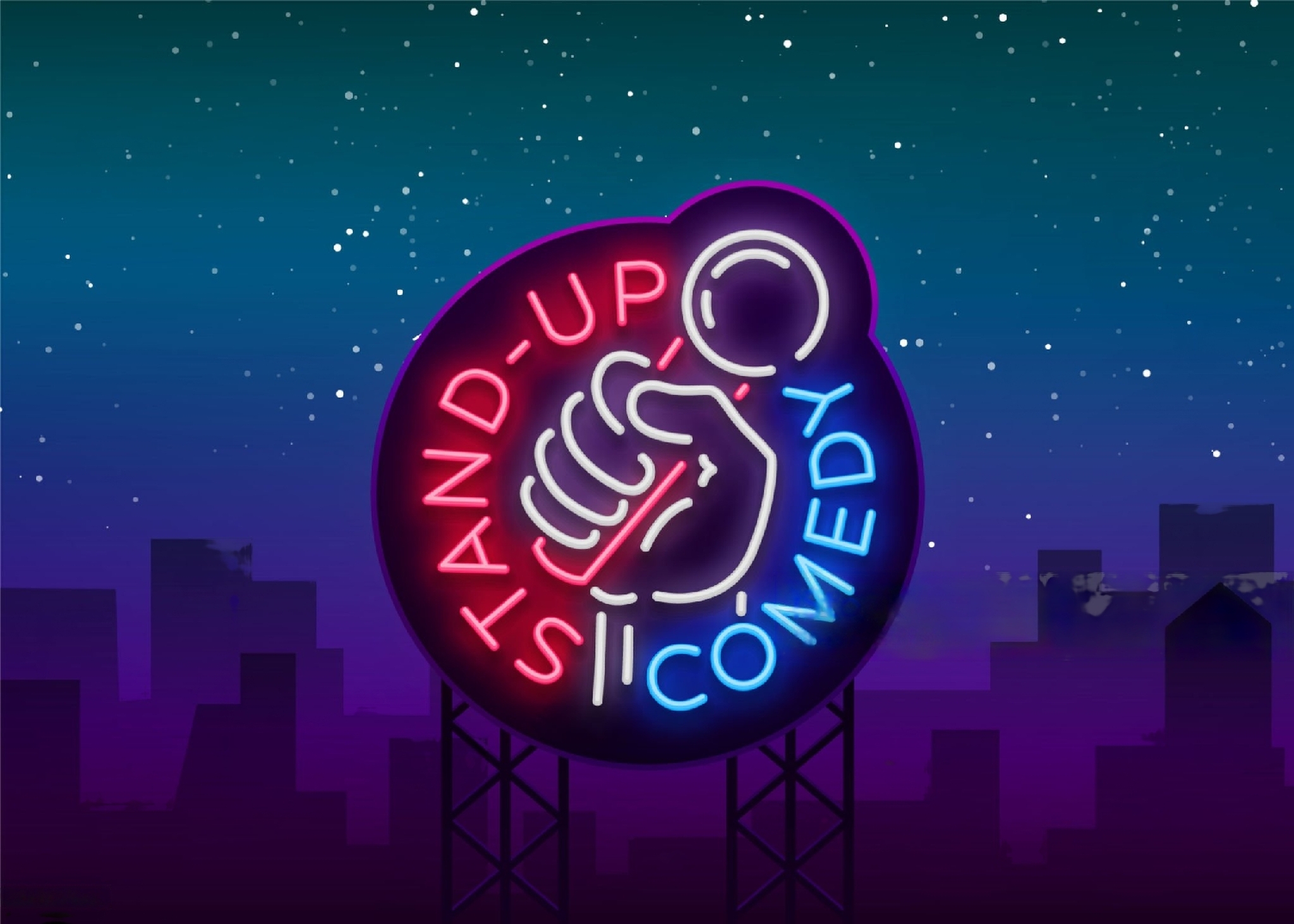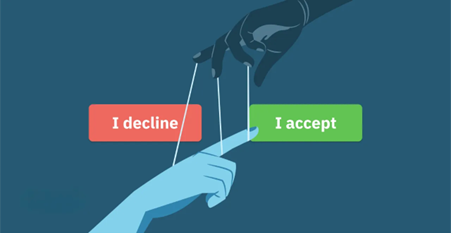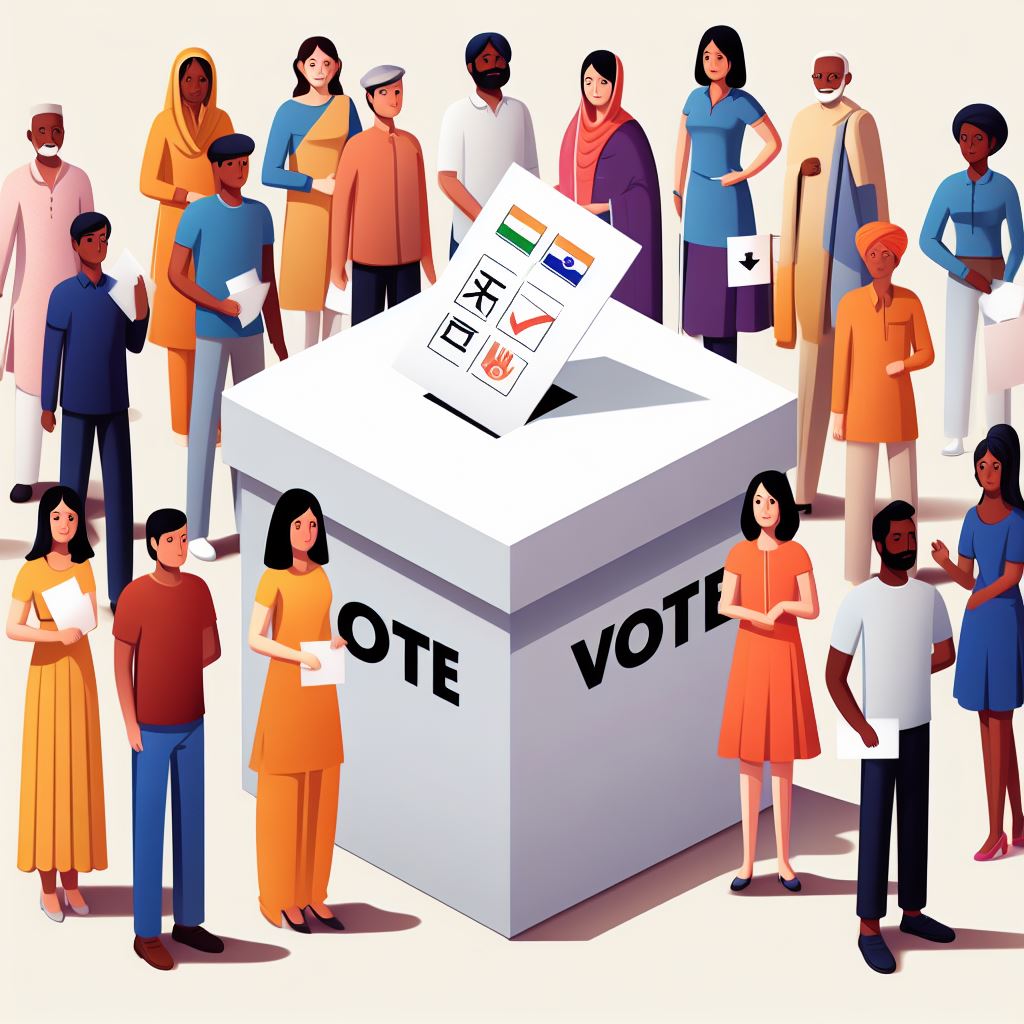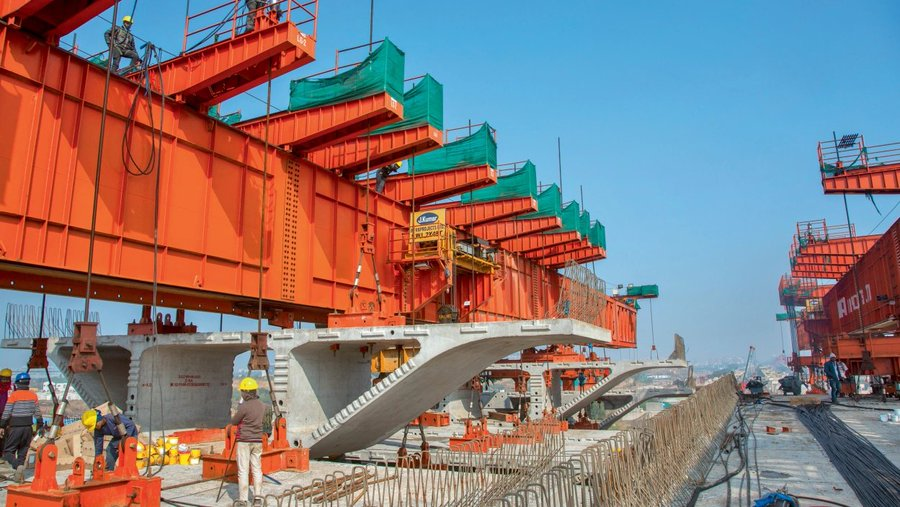Introduction:
Caste has always played a significant role in Indian society, shaping various aspects of life, including politics. The connection between caste and Indian politics is intricate and deeply ingrained in our social fabric. In this comprehensive article, we will delve into the complexities of this relationship, exploring its historical significance, its relevance in contemporary times, and some intriguing facts and figures.
Historical Significance: Threads of the Past
To appreciate the contemporary dynamics of caste politics, we must first unravel its historical roots. The caste system, a defining feature of Indian society for centuries, found itself profoundly influenced during the British colonial era. Administrative measures, including the Census, reinforced caste identities, setting the stage for the deep entrenchment of caste in India’s political landscape.
Recommended Reading: The Bharatiya Janata Party (BJP): A Historical Journey
Caste-Based Politics: The Numerical Game
As we delve deeper into this complex arena, numbers come into play, revealing the extent of caste-based politics. Specifically, India boasts over 2,000 registered political parties, a significant portion of which have caste-based affiliations. Notably, prominent examples include the Bahujan Samaj Party (BSP) and the Samajwadi Party (SP), emblematic of this trend.
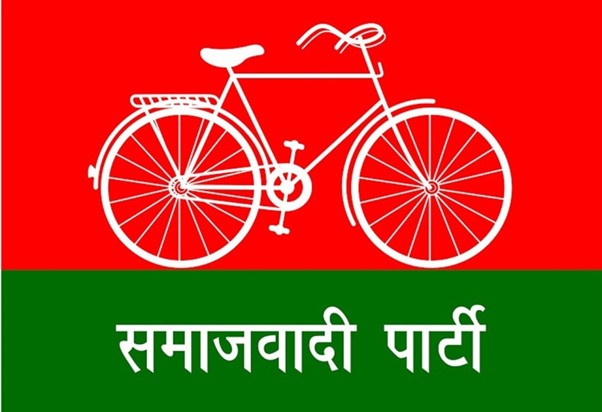
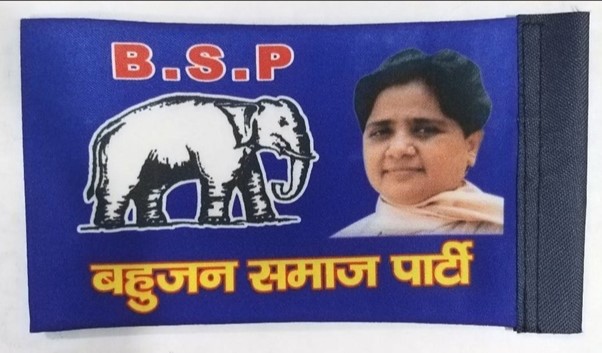
Vote Bank Politics: The Power of Numbers
In a country where numbers often translate to political power, let’s explore the impact of caste-based vote bank politics. With approximately 65% of India’s population belonging to the Other Backward Classes (OBC), Scheduled Castes (SC), and Scheduled Tribes (ST), politicians aim to secure the allegiance of these sizable vote banks. They do so by offering policies, welfare schemes, and symbolic gestures, crafting a political narrative that resonates with specific caste communities.
Social Justice and Empowerment: A Transformative Path
Numbers reveal the transformative power of caste-based politics in addressing historical injustices. Approximately 50% of seats in educational institutions are reserved for SC, ST, and OBC candidates, reflecting the commitment to representation and equal opportunities for historically marginalized communities. These policies have resulted in a shift in the political landscape, giving a voice and hope to those who were once excluded.
Challenges and Criticisms: Navigating the Complex Terrain
As we navigate through this intricate landscape, we encounter challenges and criticisms. Facts show that caste-based reservations now extend to encompass around 77% of government jobs in some states. While these policies have been instrumental in promoting social justice, they also face scrutiny for potential inefficiencies and disputes surrounding deserving candidates.
Educational Inequities: A Closer Look
1. Access to Education: – According to the 2011 Census of India, the literacy rate among the Scheduled Castes (SCs) was 66.1%, significantly lower than the overall national literacy rate of 74.04%. – The literacy rate among the Scheduled Tribes (STs) was even lower at 59.4%.
2. Enrollment and Dropout Rates: – Enrollment rates tend to be lower among marginalized castes, particularly in rural areas. – Dropout rates are higher among lower castes due to various factors such as poverty, lack of resources, discrimination, and social pressures.
3. Quality of Education: – Lower castes often face discrimination within schools, which affects their overall learning experience. – Many schools in Dalit-dominated areas lack proper infrastructure, resources, and qualified teachers.
4. Reservation Policies: – The Indian Constitution provides reservation quotas for SCs, STs, and Other Backward Classes (OBCs) in educational institutions. Furthermore, as of 2020, the reservation percentage for SCs and STs is 15% and 7.5% respectively in central educational institutions.
5. Higher Education: – Despite reservations, representation of marginalized castes in higher education institutions remains comparatively low. – Many students from marginalized castes face financial barriers, limited access to quality coaching and guidance, and lack of social support networks, which hinders their pursuit of higher education.
6. Caste-based Discrimination in Educational Institutions: – Caste-based discrimination is prevalent in schools and universities, affecting students’ self-esteem, mental health, and overall academic performance. – Incidents of violence and harassment against students from lower castes have been reported in educational institutions.
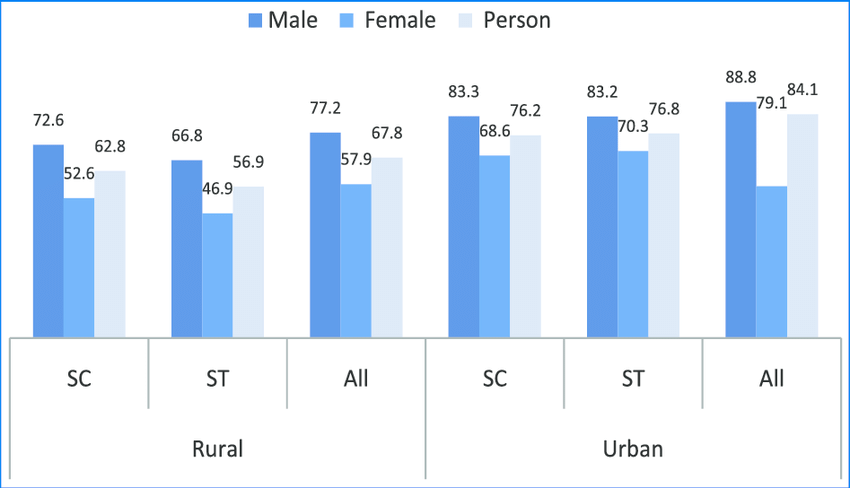
Recommended Reading: India’s $5 Trillion Leap: The Infrastructure Revolution Unleashed
Interesting Facts: Unveiling the Tapestry
- Did you know that India’s caste system divides people into thousands of groups, each with its unique identity? It’s almost like having thousands of clubs, each with its own rules and members!
- Caste-based politics is so influential that sometimes it can even decide who wins in an election. That’s like having your friends decide which game you play!
- In many states, the caste of the Chief Minister can be a crucial factor in maintaining social and political stability. Additionally, the selection of a Chief Minister from a particular caste group can help in appeasing specific communities.
- Despite reservation policies and efforts towards social justice, caste-based discrimination and social exclusion continue to persist in various forms. Instances of untouchability, denial of access to basic amenities, and social segregation still occur, particularly in rural areas.
- To advance social justice and uplift marginalized communities, the Indian government has implemented reservation policies. These policies, known as affirmative action, earmark a specific percentage of seats in educational institutions, government jobs, and legislative bodies for Scheduled Castes (SCs), Scheduled Tribes (STs), and Other Backward Classes (OBCs). As of 2021, the reservation percentage stands at approximately 15% for SCs, 7.5% for STs, and 27% for OBCs. Moreover, these policies aim to address historical injustices and provide equal opportunities to historically disadvantaged communities.
Droupadi Murmu – A Trailblazing Figure:
Droupadi Murmu, India’s 15th president, is only the second woman president, the first tribal woman president, and also the country’s youngest president. She was the first tribal and female governor of Jharkhand and the first person to complete the five-year tenure of the governor’s office in Jharkhand. It is this spirit of equality, empowerment, and growth that we salute, as we welcome India’s MADAM President.
Conclusion: A Dynamic Journey
As we conclude this exploration, it’s important to recognize that India’s caste and political dynamics are in a constant state of evolution. To fully grasp the intricacies of this relationship, one must navigate through the layers of history, politics, and statistics. Moreover, understanding the complexities requires delving into the narratives of individuals and communities affected by caste-based discrimination. It’s a journey driven by the pursuit of social justice, empowerment, and the aspiration for a more equitable and inclusive society. Furthermore, these dynamics shape the destiny of a nation through its democratic choices. By fostering open dialogue, promoting education, and dismantling barriers, we can create a future where caste no longer determines political discourse. Together, let’s work towards a society where every individual can thrive and contribute to the progress of the nation.
Recommended Reading: Women in Indian Politics: What the Future Holds

